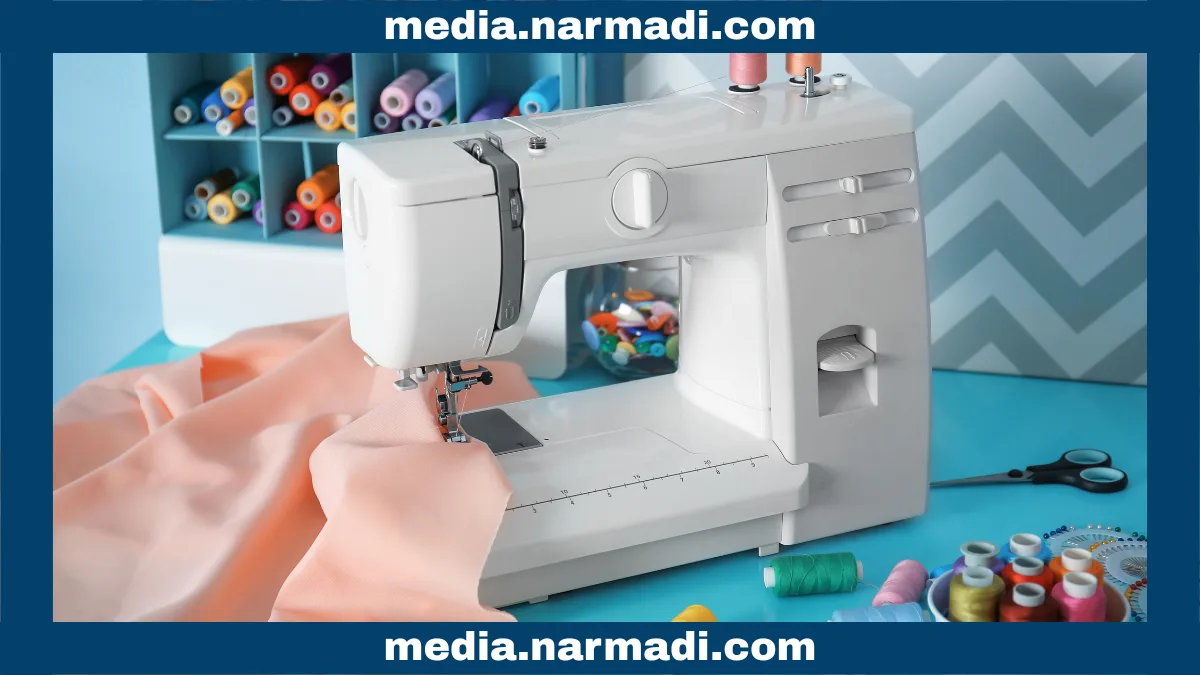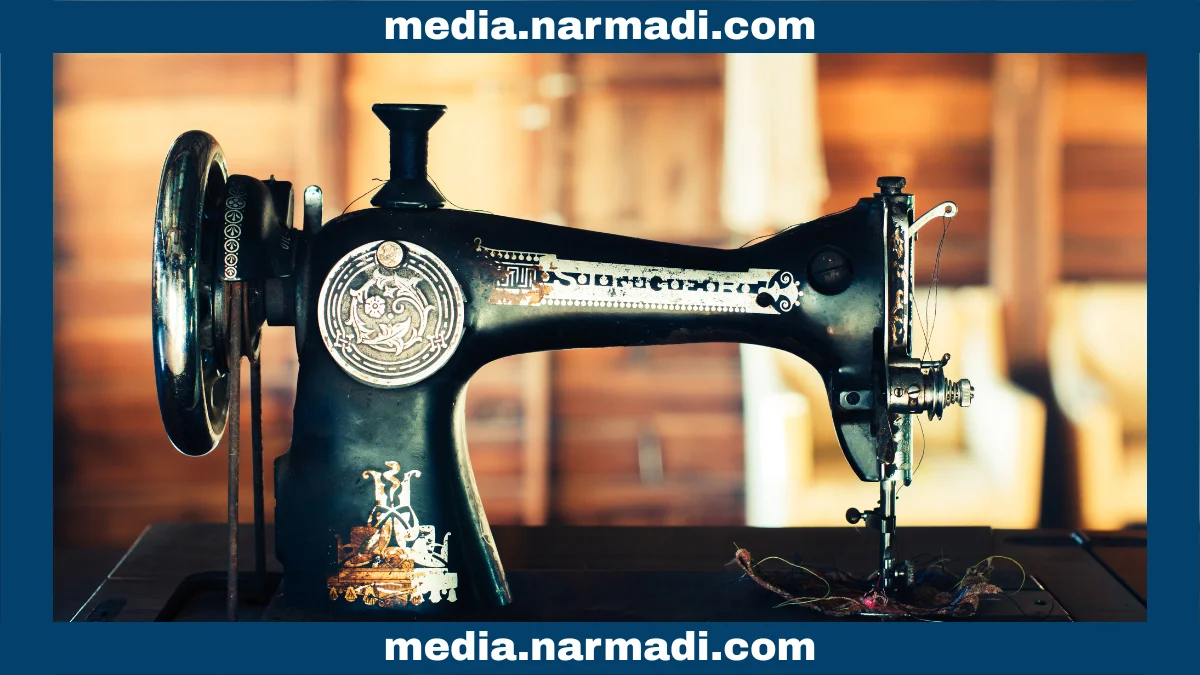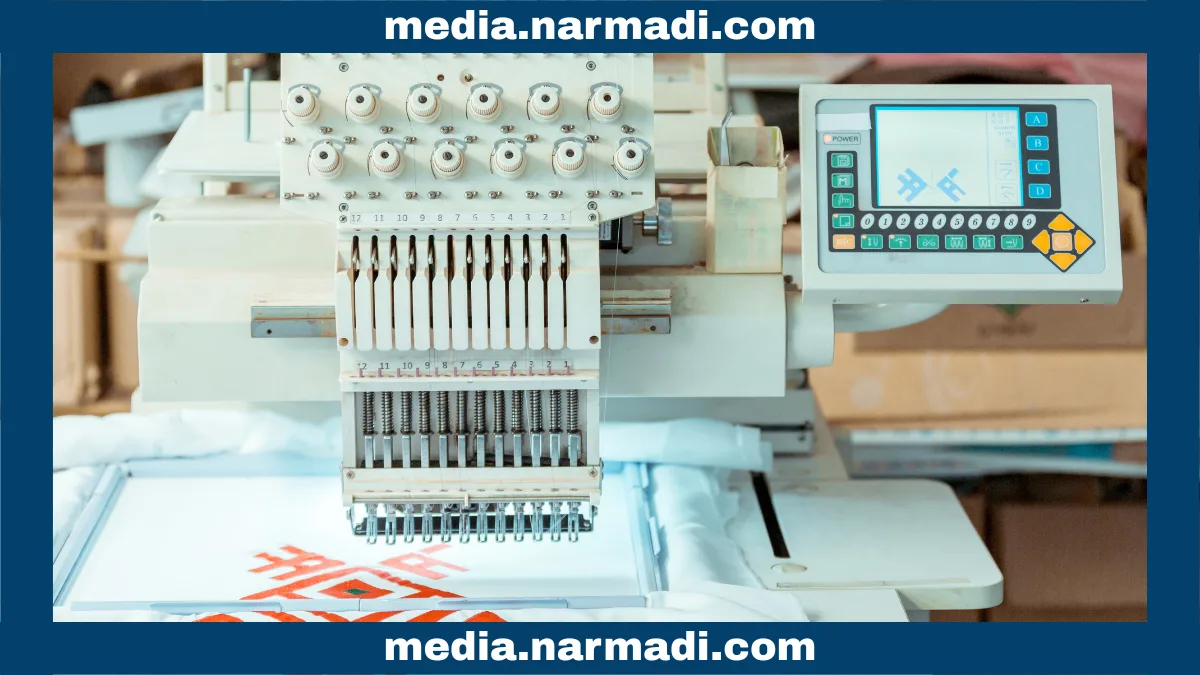Sewing machines are not just tools for sewing household items. As time goes by, these machines are needed for various purposes, ranging from hobbies, creative industries, to the fashion industry.
Technological advancements have also led to the development of “smart” sewing machines. The latest versions support WiFi connectivity, enabling users to send designs and sew automatically.
This article aims to provide an in-depth exploration of sewing machines, covering their definition, how they work, the different types available, and regulations governing their use.
What is a Sewing Machine?

A sewing machine is a mechanical or electromechanical device that uses needles and thread to join materials together. This tool is used for everything from household needs to industrial applications. At home, it is used to sew torn clothes or for hobby purposes.
In the industry, it is used for garment manufacturing or the fashion industry to produce clothing. With this machine, the sewing process becomes more efficient compared to sewing by hand.
As technology advances, sewing machines now come with WiFi connectivity, making the sewing process even more efficient. This allows the machine to embroider designs that you create on your computer. In fact, you can send designs directly to the machine without using cables.
How Does a Sewing Machine Work?

The sewing machine works with a needle that moves up and down through the fabric to sew it with thread. Here is the process in more detail:
- It starts with the thread going down through the fabric and pulling it back up again.
- The bottom part of the machine forms a circle around the bobbin.
- The thread loop from the needle is caught by a hook under the fabric.
- The hook locks the thread loop with the bobbin underneath
- The previous stitch is locked as the needle rises again
- The cycle repeats by moving the fabric slightly forward to form a stitch line
Smart sewing machines are equipped with Computer-Aided Design (CAD) software for pattern input, automatic sewing processes, and sensors to monitor work in real-time.
The Types of Sewing Machines

Mechanical sewing machine
Mechanical sewing machines are the most basic type of sewing machine. They are commonly used for sewing at home. They usually have limited stitch options and are operated manually.
These machines are easy to use, inexpensive, suitable for sewing practice, and do not require electricity. However, they have limited patterns, their speed depends on the user's strength, and they are not practical for large-scale sewing.
Electric sewing machine
An electric sewing machine is equipped with an electric motor to move the needle. This machine is easier to adjust than a mechanical machine. It usually also has several stitch pattern options.
This machine has the advantage of producing neater and more consistent stitches and is ideal for household and hobby needs. However, it requires a stable power supply and regular maintenance for the motor.
Computerized sewing machine
A computerized sewing machine is a sewing machine that uses a digital panel with automatic buttons. This machine supports hundreds of stitch patterns that can be selected as needed. It even comes with automatic features.
This machine has advantages in terms of high precision, can store your own designs, and is suitable for small businesses. However, it is relatively expensive, more complex to operate, and requires a technician to repair any damage.
Overlocker machine (Serger)
An overlock machine is a sewing machine used to neaten the edges of fabric so that it does not tear easily. This machine has a blade to cut the edges of the fabric at the same time and wrap them with stitches. This is to prevent the thread from unraveling. It usually uses 3 or 4 threads.
This machine has advantages in terms of professional finishing results, strengthening material joints, and being very fast at managing fabric edges. However, it cannot be used for main stitching and requires special training to prevent the results from curling.
Smart sewing machine
A smart sewing machine is a machine that can be used not only for sewing but also for embroidering with digital designs. It supports WiFi connectivity for design transfer and monitoring via an app. You can wirelessly send embroidery designs from your laptop to the machine.
This machine excels in its multifunctionality (sewing and embroidery), connectivity with design software, and neat embroidery results. However, it is expensive, complex to operate, and not suitable for beginners.
Sewing Machine Regulation

A smart sewing machine utilizes WiFi technology, which operates within a specific frequency spectrum. In every country, all WiFi-based wireless devices are required to have Radio Frequency (RF) Certification.
Smart sewing machine regulations require all radio frequency-based devices to meet certain technical standards before they can be sold in that country. This certification ensures that the product complies with government safety and quality regulations and does not interfere with other communication devices.
The certification process involves technical testing, such as frequency adjustment, safety checks, and compatibility with the surrounding environment. Once testing is complete, products that pass will be listed in a Test Report, confirming that they are safe and ready for sale. This report assures customers that the product meets technical standards and is safe.
For companies wishing to sell smart sewing machines, Product Compliance Specialists are available to assist with this process. This service includes preparing technical and legal documents, conducting the necessary testing, ensuring regulatory compliance, helping companies streamline the certification process, and providing consumers with confidence in certified products.